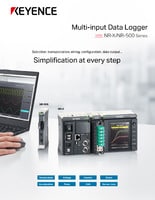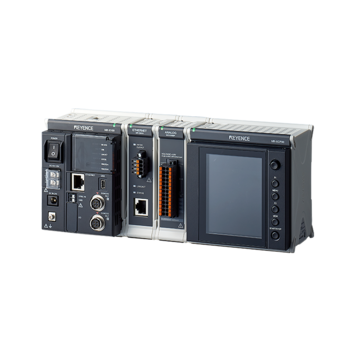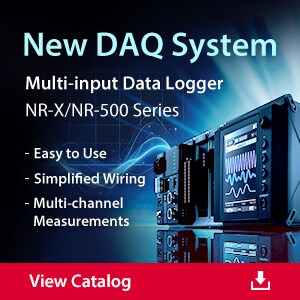Data Acquisition (DAQ)
Displacement Measurement During Tension Testing
In the aerospace, automotive, and other manufacturing industries, the strength of certain materials must be tested. This is called tensile or tension testing. While tensile testing has many benefits, its main aim is to determine the performance potential of materials, especially under extreme situations.
This test can assist engineers in determining whether a new product or program can perform under varying conditions. It also allows engineers to design products that meet regulatory requirements for safety and quality.
Engineers and manufacturers must continue to put materials to the test for strength to ascertain the structural integrity of the parts that make up the systems and products of modern conveniences. Displacement measurement in tension testing helps these professionals collect important data and make further analysis and informed decisions.
What is Displacement Measurement in Tension Testing?
The purpose of tensile tests is to determine the strength of a material. This test is done by placing one end of a material sample between a clamp. Weight – also referred to as load or force – is applied to the other end. The change in the length of a sample is recorded as gradually increasing weight is applied. Tensile grips come in different forms, such as wedge, vise, wrap, rope, roller, pneumatic, etc.
Carrying out tension tests is not enough in industrial applications. Complementary displacement measurements may be recorded to determine the amount of stretching or deformation experienced as the material is subjected to increasing force. This information assists engineers in developing better systems and machines.
Several equipment solutions can be used to test for displacement in tensile strength. These include:
- Clip-on extensometers
- Sensor arm extensometers
- Strain gauges
Discover more about this product.
Click here to book your demo.

Why Use a Tensile Strength Sensor?
Facilities requiring highly efficient tensile testing results will benefit from the use of tensile strength sensors. Depending on the technology, tension sensors can be integrated into existing industrial tensile testing machines. These sensors can measure stress, strain, displacement, and other data inputs. They can also report and store data in real-time for later analysis.
We’re here to provide you with more details.
Reach out today!

Key Features and Capabilities
In tensile testing applications, displacement sensors offer these features and capabilities.
- High sensitivity, helping to detect small changes in displacement
- Wide measurement range. Tensile sensors can measure a broad range of displacements
- High accuracy
- Compact and lightweight design, making them useful in applications where space may be a concern
- Data transmission in real-time so engineers can make quick analysis and decisions
- Integrable into testing machines and data analysis software
Curious about our pricing?
Click here to find out more.

Key Parameters Measured During Tension Testing
In addition to the tensile limit measured during tension testing, other values may be recorded. Parameters recorded may differ depending on the measuring equipment and/or sensor. For example.
- Displacement
- Stress
- Strain
- Yield Strength
We’re here to provide you with more details.
Reach out today!

Features of KEYENCE Displacement Measurement Solutions
During tension testing, it is necessary to measure the output of analog signals by displacement sensors. KEYENCE offers a line of measurement DAQ or data logger devices that can be used to collect displacement measurements from tension sensors. Below are the key features of KEYENCE displacement data loggers:
- Support for seven types of data, including displacement, strain, and temperature
- Compact and lightweight design for use in many application sites
- Option to connect directly to a PC for faster data analysis
- Integrate with other measurement testing machines and equipment used during tensile testing
- High-speed, high-accuracy measurement over several channels
- Less wiring technology complements the portable design
Discover more about this product.
Click here to book your demo.

Why Choose KEYENCE Displacement Measurement Solutions?
KEYENCE Data Logger NR-X is one of the product offerings in its data acquisition system (DAQ) lineup. The NR-X can collect not only analog signals from displacement sensors used in tension testing but also data from strain gauges and load cells. For industrial tension testing applications, this DAQ device will significantly reduce the time and effort required to carry out displacement measurement.
For an option that can be connected directly to a PC for even faster measurement operations, the DAQ NR-500 Series performs under many applications. Measuring 20.5 mm 0.81 inch in width and weighing 110 g 3.88 oz, its compact design makes it pairable with many different material testing equipment.
Have more questions about KEYENCE DAQ displacement hardware? Contact us today.
Get detailed information on our products by downloading our catalog.
View Catalog



